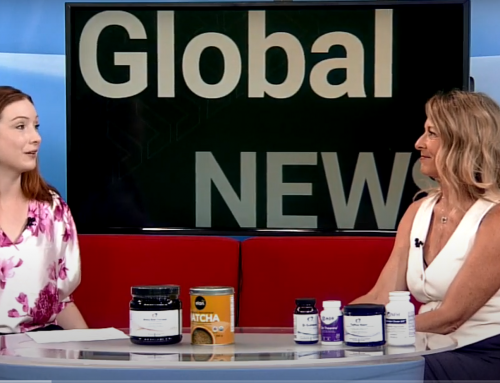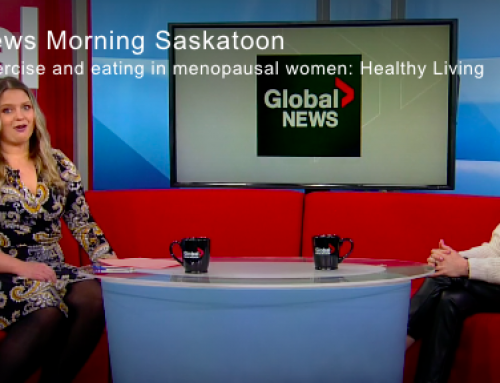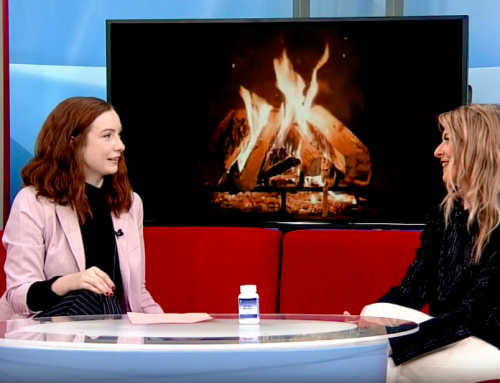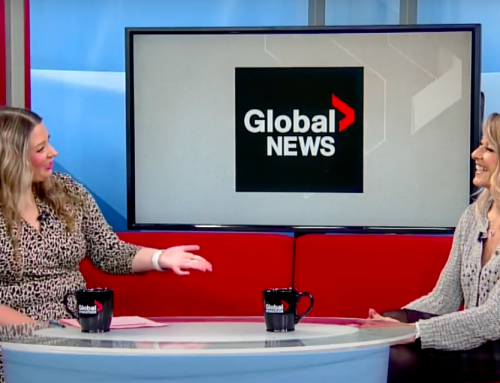Let’s talk about scars.
Most of us have scars, whether it’s from surgery, a burn or through injury.
A scar is our body’s natural way of healing and replacing lost or damaged skin. It is made up of unorganized collagen, which is the most abundant protein in the human body; it is found in bone, muscles, skin, and tendons.
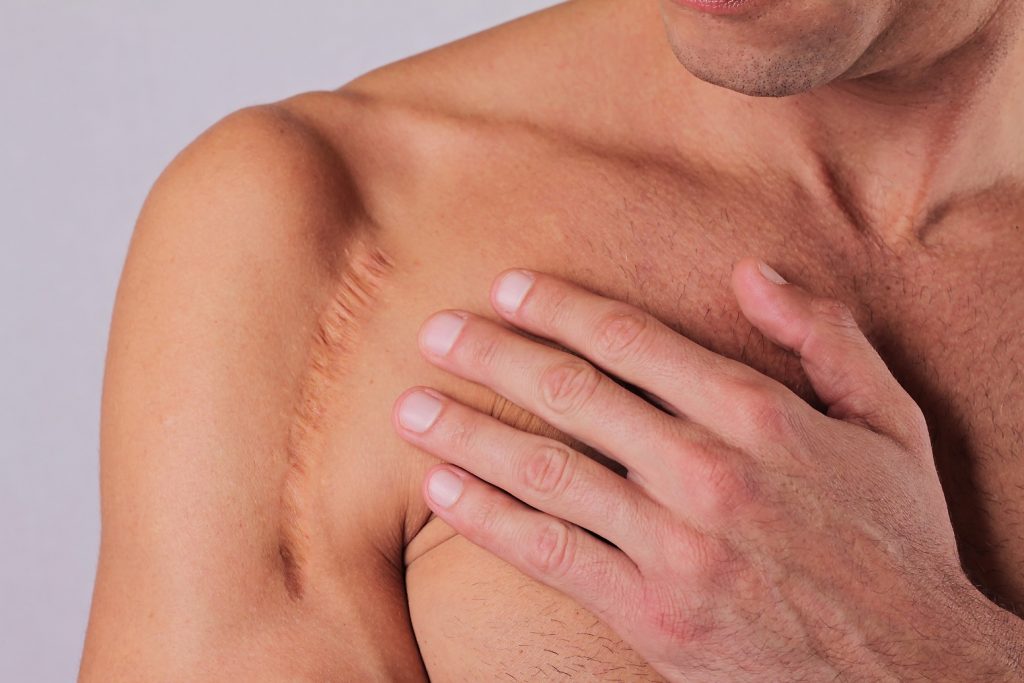
Scars can be formed anywhere on the human body, and the tissue is thicker and less flexible than regular skin. Our regular skin can lengthen approximately up to 60% of its original length, whereas scar tissue can only lengthen up to about 15% in the early stages of healing; it is the build-up of unorganized collagen that restricts the lengthening of the connective tissue.
During the healing process, scar tissue has less water content than our regular skin. Toxins and other waste products build up within the scar tissue; this is why, sometimes, after manual scar treatment, the person may feel a little bit of achiness, because of the histamines that are being released.
The appearance and texture of a scar can vary from flat, lumpy, sunken or coloured; they can be painful or itchy or not cause any discomfort at all. The look of a scar depends on skin type, the location of the scar on the body, direction of the wound, type of injury, age of the person with the scar, and nutrition.
Releasing scar tissue is important, because scar tissue can affect physical functions such as breathing. The tension created from scar tissue can also cause pain, postural changes, and can have an impact on growth patterns. It is challenging to help address an individual’s posture and rebalance the body without first addressing the scar tissue, because the abnormal tensional patterns created by scar tissue can resist change and can be deep.
Currently, there are a number of different procedures used to treat scars, from steroid injections to cryotherapy.
Osteopathy is a gentle non-invasive hands-on therapy that can help release scar tissue; it is a complementary form of care that can work in tandem with other clinical methods of scar tissue release.
If you are interested in learning more about how osteopathy can help the healing process of your scars, book an appointment today.
References
- Corr, T. D., & Hart, A. D. (2013). Biomechanics of scar tissue and uninjured skin. Advances in Wound Care, 2(2), 37-43.
- Krafts, P. K. (2010). Tissue repair: the hidden drama. Organogenesis, 6(4), 225-233.
- Kumar, V., Abbas, A. K., Fausto, N., Aster, J. C. (2010). Tissue renewal, regeneration and repair. Pathologic Basis of Disease, 79-110.
Written By: Darshel Diaz
Learn more about Darshel Diaz and Osteopathy.


